Dark Eldar Codex Review! A Change For The Better?
October 15, 2014 by crew
This week, I picked up the new Dark Eldar codex, the latest army to be brought into line with the new Warhammer 40k 7th edition ruleset. When it was announced that Dark Eldar were going to be updated I was initially surprised, due to the fact that in my opinion there are armies that currently require an update more than the Dark Eldar; most notably the Blood Angel codex, as is still in an old paperback format.
My feeling of surprise stems from the fact that the now old Dark Eldar codex was still playable with the new 40k rules. I am fortunate in the fact that the Dark Eldar players in my LGS are just as vocal and passionate about the army as me and the most common phrase uttered between us is “the old codex is still a great book, it still works”. This combined with the fact that Phil Kelly spun strands of some kind of magic into the old book resulted in, without question for me, the best army book Games Workshop have ever made. I say this without bias and when comparing it to other books I have read and own. The writing of the background, the history, the description and fluff of the characters, it is beautiful to read.
With all of that said, how does the new book stack against the old book?
This won’t just be a comparative article of “Models X and Y are now better in-game, so you should all just go and buy these, ignore everything else” or “Model X has this special rule which breaks the following rule”. A review of this vein would be a severe injustice to the rest of the rulebook and the man hours gone into the artwork, the prose of the Dark Eldar history and background.
It will be a considered analysis of the whole book; aesthetic changes, the improvements or mistakes made from old book to new book, how rules changes may inform your style of play if you are already a Dark Eldar player or if you are considering delving into Dark Eldar, how the book will inform what models you use and which ones you don’t.
Aesthetics and Prose
When GW started doing hardback rulebooks for Fantasy and 40k, I was a bit skeptical. Why increase the cost to the company of making a higher quality book when, due to the need/demand for updating the rules every few years, the hard cover books will need replacing with another book. My old paperback Dark Eldar book has survived all these years.
What perplexes me even further is the limited edition codices. It might be because I’ve never purchased one for an army I own and therefore have no immediate desire to own one, but to print a limited run of even more expensive books and in return the customer receives fancier artwork and, essentially, a desirable object seems like a business practice that GW have stolen from industries like CD and DVD selling, just sandwiched into the gaming world.
All of these thoughts disappeared when I got my hands on the new Dark Eldar book. I bought just the standard codex and I was jaw-droopingly amazed by it. It is a beautiful book. I know a lot of people weren’t sold on the Archon on the front of the book but I think he looks menacing, exactly as an Archon should look. The colour pages on the higher quality paper stock gives the book an almost coffee-table anthology feel. This combination comes into greater effect when seeing short descriptions of different Dark Eldar Kabals paired with full size colour artwork of how the Kabal looks in their coloured armour. A friend of mine noted that the artwork was “incredibly Malifaux”. This doesn’t bother me in the slightest as I absolutely adore Malifaux, so to know that I am potentially playing with the Malifaux army of the 40k range fills me with glee.
The obligatory army showcase section of the book is of course the standard model pornography parade but certainly gives a wide range of options for new and old Dark Eldar players alike in regards to how their new models could be painted.
I don’t mind the new layout of the rules for units, army composition and spending your points to build an army. For the gamer who laps up fluff this is much improved from the previous book. Each unit has a paragraph explaining what each unit is about and some history. It means leafing through the pages a bit more but the harder wearing paper stock can take it. If properly cared for the book will last.
The codex loses none of Phil Kelly’s excellent writing from the previous book. Some of it is reduced and edited and paragraphs inserted between new content, so even if you have the old codex you are still receiving new content for your money. Initially I was upset by this act of the design team taking pruning shears to Phil Kelly’s writing but in hindsight, if they had just copied and pasted the first chunk of the old book into this new one, I would have been aggrieved by the fact that I essentially paid to get two-thirds of a new book.
Army Wide Changes
In the majority, the Dark Eldar have become cheaper in points cost and still retained a lot of their firepower or in some cases, received a boost in their capabilities in-game. A few units have remained the same points cost, while the rare few have been increased in cost, but still received a boost for the justification of their points increase.
Gone are the Power From Pain rules regarding tokens attached to units and how these tokens could be manipulated and moved around units. Instead, a cumulative turn-based ruleset has been introduced that has the potential for impressive firepower and even deadlier combat prowess. Starting with nothing, the Dark Eldar go on to receive their Feel No Pain, Furious Charge, Fearless and Rage by turn six. Using these combined with certain play styles, the finesse of how Dark Eldar are played could be decidedly interesting and somewhat of a shift of the finesse is executed.
The units that receive boosts from combat drugs have had a boost of sorts. Obviously, with no pain tokens, it can’t be given via combat drugs, but regardless of what you roll for, you will receive a boost in a statistic. My first instincts at seeing this table were, with a one-in-six chance, a Dark Eldar player can field toughness five Jetbikes, or have your Wych units striking at strength 5 with the Furious Charge benefit. Again, these changes have a greater influence on how a Dark Eldar player could field their army lists.
The Specific Dark Eldar Warlord traits are on the whole, average. Three of the rolls give the Warlord themselves a boost Hatred, +1 Wearpon Skill (so a Weapon Skill 10 Succubus is possible) or Rage. Two confer auras of 12’’, either Fear or Fearless. However, the one remaining trait available is the best. The trait allows the Dark Eldar player to re-roll to seize the initiative, night-fighting and reserve rolls. This is huge. Having this potential overarching ability to control the game and pace your deep-striking units out is impressive.
Unit Type Changes
The range of what can be purchased and used for the Dark Eldar has been streamlined.
The HQ section has been cut in half with independent named characters and removed entirely from play. Gone are Duke Sliscus, Lady Malys, Baron Sathonyx and The Decapitator. Even after much rumour milling for weeks, there is no inclusion of Asdrubael Vect as a playable character. The unnamed HQ choices have not left unscathed, with the removal of the Haemonculi Ancient and almost amalgamation of the Haemonculi’s into one model choice. This edit doesn’t bother me as a Dark Eldar player. I never really played with named characters leading my armies, but comparing the old book to the new book, there were beautifully written swathes of text about each named character. Any evidence of these named characters is a brief description of The Decapitator on the Mandrakes unit composition page and the odd namedrop in the history fluff. Lelith Hesperax, Urien Rakarth and Drazhar still remain.
However, these changes in the HQ aren’t the most shocking. The Court of the Archon has had a radical overhaul with free-reign now allowed. 12 of any models you want, instead of being forced to buy one of each before buy more of each model. This makes putting an Archon and his court in a dedicated Raider a viable option because taking whatever you want means freedom and the desire to actually have a big court.
Kabalites and their elite counterparts, the Trueborn, have become cheaper but no real upgrades, whereas the Wyches and the Bloodbrides are the same cost and have lost Haywire grenades en-masse; only the unit champion can take them. I take wych units, I even kit-bashed Bloodbrides out of Wych tops and Scourge legs to make dynamic looking models, but it wouldn’t surprise me to see a mass drop of Wyches because of losing the haywires.
The Elite section in the majority is cheaper in points cost. Dark Eldar players can rejoice in the fact that Mandrakes are actually a useful unit now. So many people I know comment that the Mandrakes are great looking models, but no-one used them, so it makes me happy that I get to use them now. Losing Harlequins from the book, while annoying (especially as they were the most recent models I bought for my army) is no great blow because there is still a wealth of choice. However being able to have Grotesques in a functioning force is the biggest change in the elite section. The Grotesques have lost Berserk Rampage. No longer do you have to babysit the unit with a HQ choice. Furthermore, receiving the Rampage rule, while it may never pay off, is even more tempting to take them.
Raiders and venoms are the same cost, no real changes have been made otherwise. It might not be worth mentioning it at all, but that reduce of cost of the Raider is the practice of shaving points off here and there on an army list to afford that extra model or extra bit of war gear.
Fast Attack has has the biggest points drop, with larger units of jet bikes and scourges now possible or even taking small units of them in smaller point games. I always struggle to fit these units into my games, so having the points reduction adds further happiness to my state about the Dark Eldar.
Heavy Support has had a huge boost, with Talos and Cronos engines now being able to be fielded in units comprised of three models. I had no words for this when I first read it. Just having one of these creatures on the board in my opinion looks impressive, but having three together, floating around and delivering powerful melee attacks looks formidable. Furthermore, the Parasite Engine’s spirit probe further boosts your army by improving the Feel No Pain by one; by turn three, a unit could be Feel No Pain 4+. The Ravager has had its dark lances removed in place of disintegrator cannons, so you have to buy the lances back if you want them. Finally, of course, is the new Voidraven Bomber, a great looking model and packs a punch for all its beauty, being able to take an impressive array of missiles. Any army with these they would surely become the centrepiece model.
Final Thoughts
I won’t describe how specific choices of the war gear can aid your individual model wielding it. This article would become somewhat of an essay if I did that.
Overall, I am impressed and excited about this new book. Not only am I thoroughly ecstatic about the new rulesets and choices made, it is a gorgeous book to own. If I had the disposable income at the time, I would have considered owning one of the limited edition books. This book has me excited for 40k again and that is an impressive feat after the owner of my LGS had such a disappointment when the Ork codex came out before this release and subsequently had me fearing for my Dark Eldar.
However, mixed in with the feelings of positivity and excitement, this book does leave me with an odd feeling.
It is to do with the omissions and their relation to the business of selling models. Yes, Games Workshop are in the business of selling models and yes, certain omissions from this book can be quantified in the fluff. Losing Harlequins from the Dark Eldar book makes sense because of their latent psyker abilities, but if I want to play with my Harlequin models again, I have to buy the Eldar book, buy a HQ choice, buy some troop choices and then the Harlequins. Losing some named characters and having the ability to see Baron Sathonyx leading a unit of hellions, or now having The Decapitator lead a unit of now good Mandrakes somewhat stings. I know I/we as Dark Eldar players can’t have everything, but losing the characters and all that beautifully written prose because the company doesn’t produce a model to go with the character leaves a hollow feeling.
It’s not just the negative changes that gives me this feeling. Yes, I love the fact that the Archon court is now a free-for-all, take whatever you want section, but how much of this ruleset is informed by the fact that, potentially, Games Workshop have scores and scores of court models to sell because initially, very few people used the Archon Court in the last iteration of the rules. By the same token, how many Pain Engine boxes must there be to make Games Workshop change the rules regarding unit composition with these models?
I get that Games Workshop is a model selling business, but when this fact seems to creep into their rules writing it leaves me with an odd taste in my mouth. Call me an idealist, living in the world where rules writing is separate from the business section of the company, but when the thought of a person standing over a creative rules-writer saying “we need to shift X units of models A, B and C, so let’s make them better in this book” saddens me.
Only time and playing with the new book will tell. I have my first game with the new book this week.
If you would like to write an article for Beasts of War then please contact me at [email protected]
Supported by (Turn Off)
Supported by (Turn Off)
Supported by (Turn Off)





























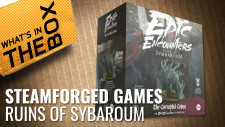





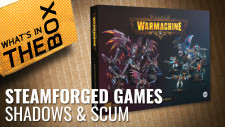
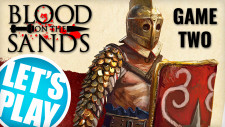




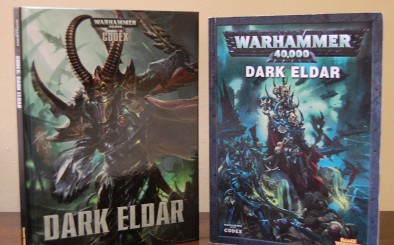
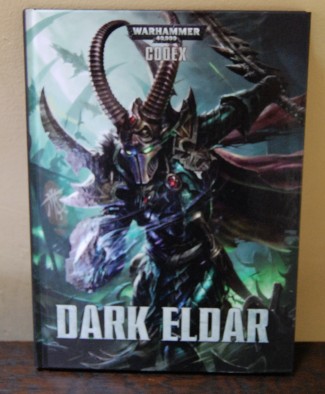

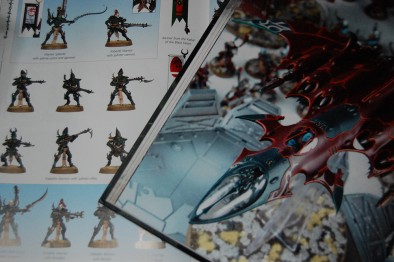
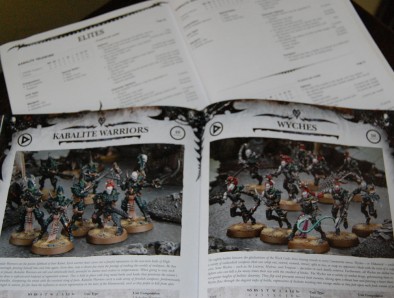
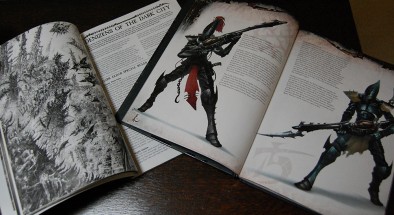
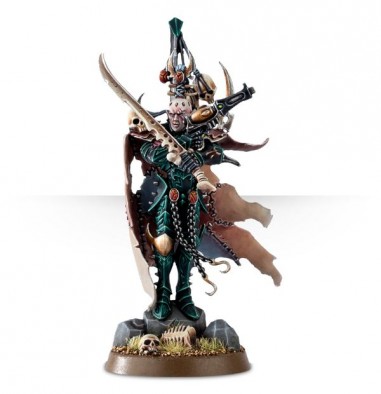
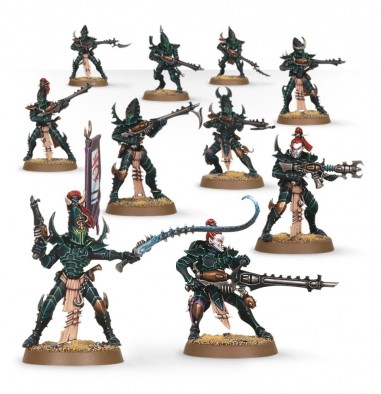
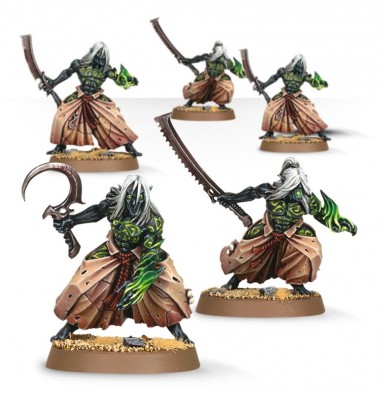
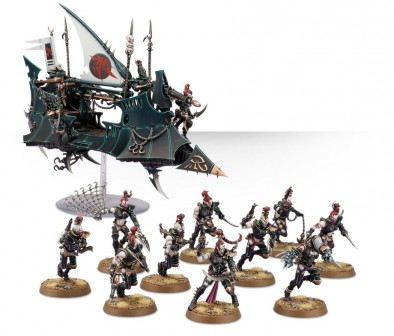
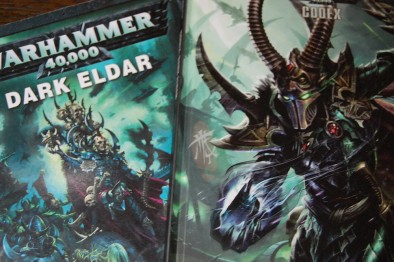
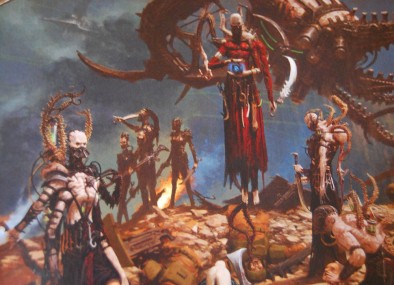
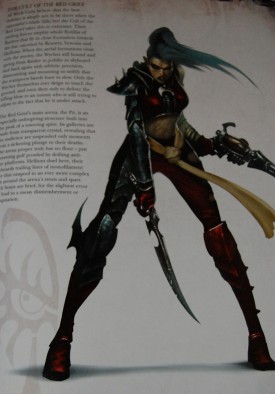

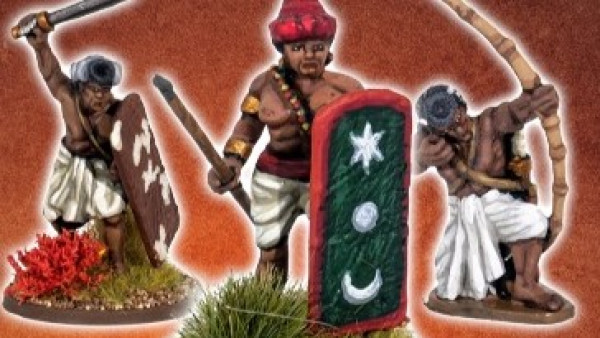
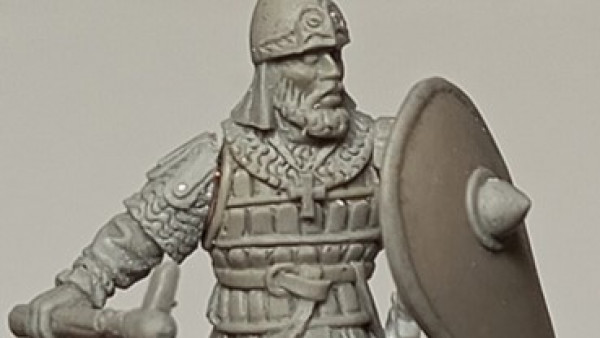
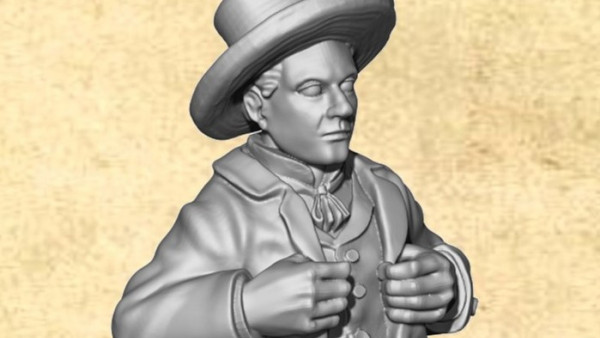
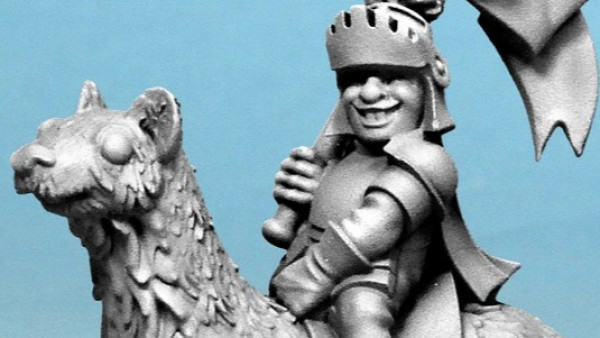
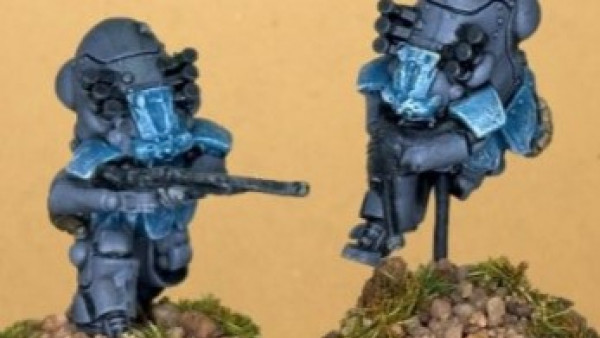






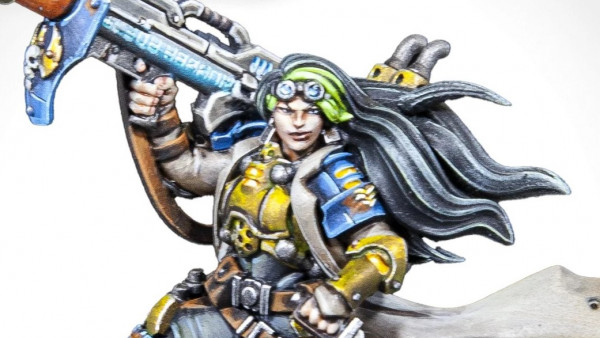
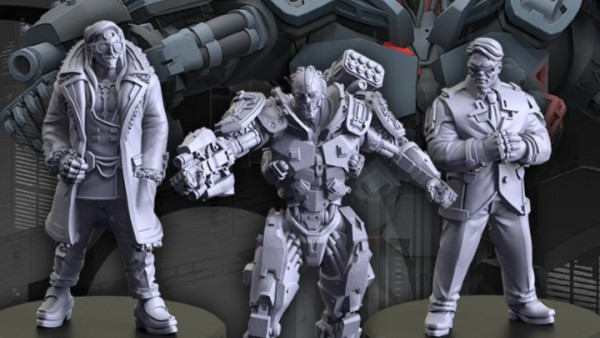
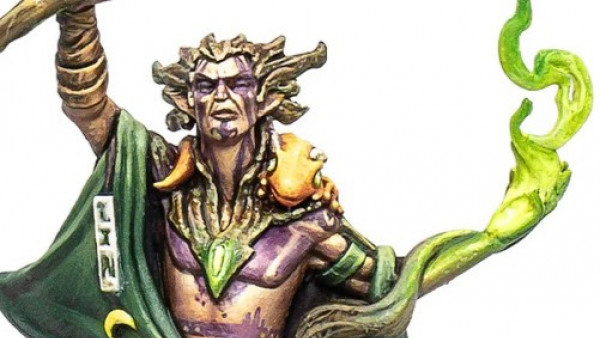
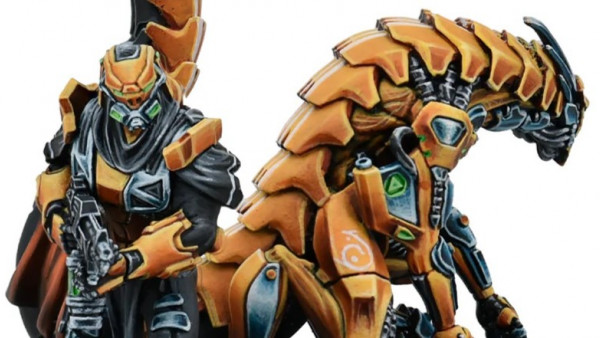
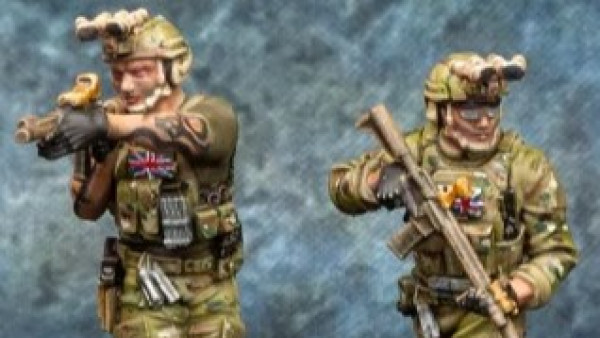
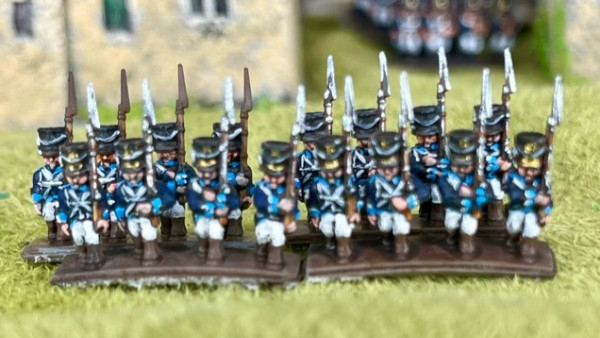
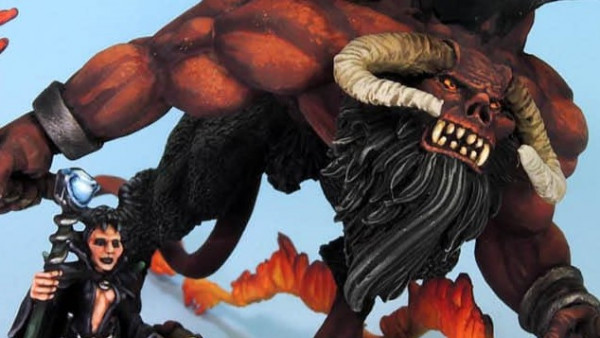
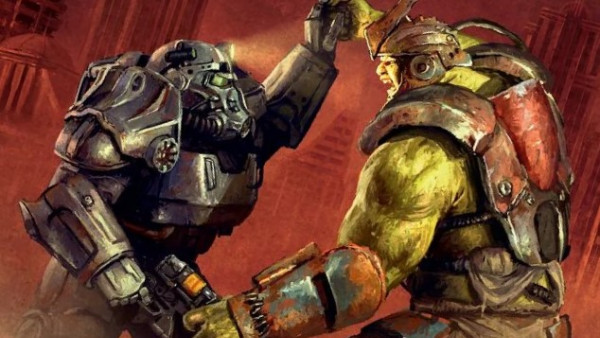

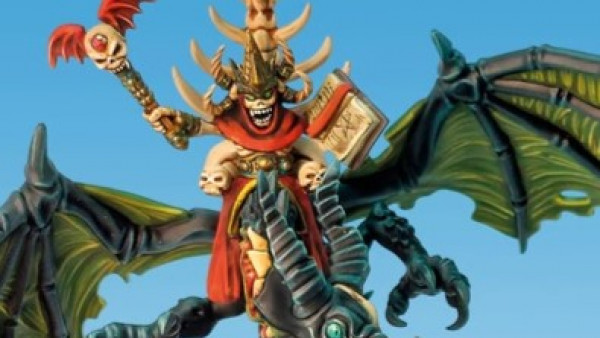
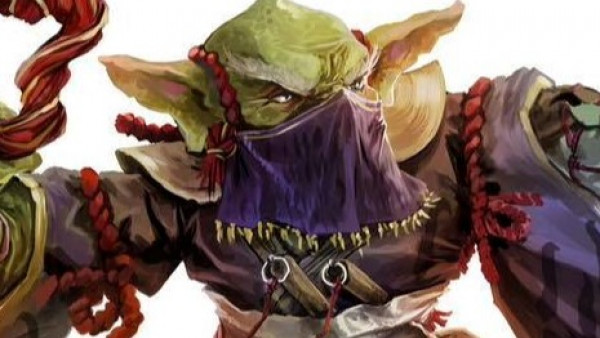
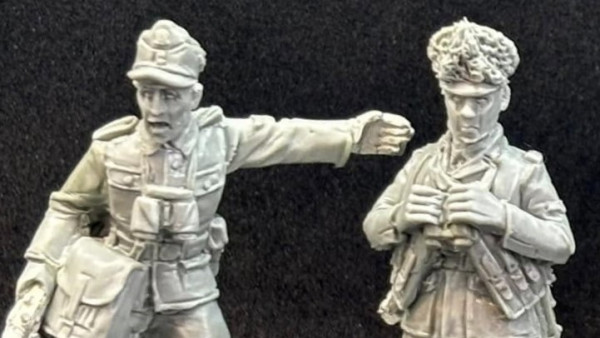
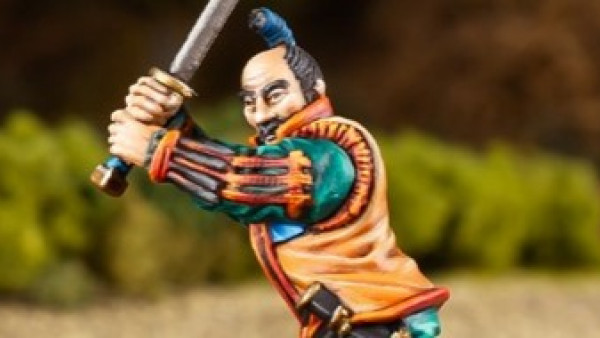

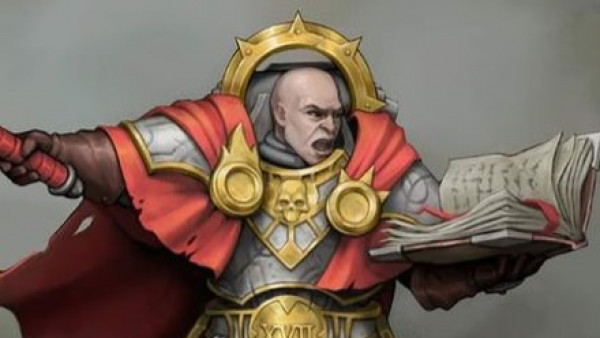

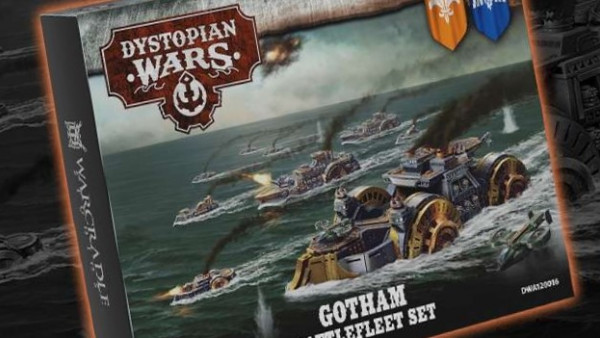
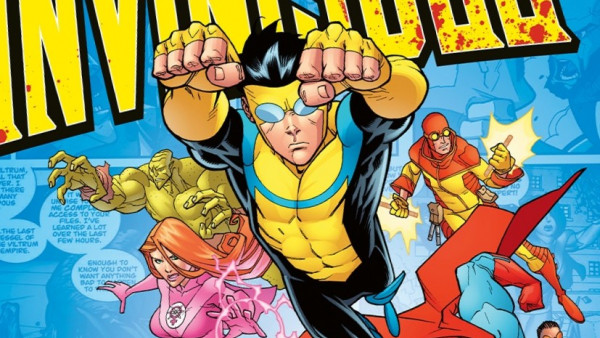
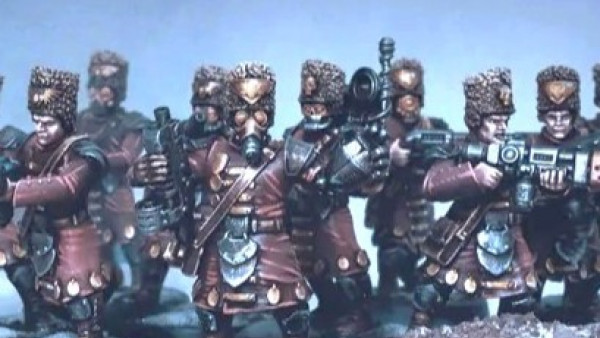

Good article, and I thoroughly agree about the dropping rules for characters from newer codices, want to see doomrider blazing across the field again!!
When I heard they’d dropped a load of fluff and characters, I thought that was a real shame. After reading about it here, it sounds like they doing a similar thing to the new Space Wolves codex I’ve got. In the previous codex (also written by Phil Kelly), there was a lot more background written about each wolf lord which was either omitted or abbreviated in the new codex, or moved to the timeline section of the book. They’d also taken away a nice bit of flavour that Kelly introduced, in the ability to choose a saga for your HQ… Read more »
This reminds me of ebay sellers breaking open a box set and selling each sprue individually for more profit… 😉 Still the book(S) look nice and informative article.
Nice article. I enjoyed the read
Great review! I bought the new codex because I have been thinking of creating a dark eldar kill team. The codex is a lovely book but I’m still, currently, at a loss as to which units to make a kill team from… mostly because they are all fantastic looking 🙂
All this rage about Wyches being made into what there lore sugests them to be, and thats anything besides tank hunters.
spacefrisian – “All this rage about Wyches being made into what there lore sugests them to be, and thats anything besides tank hunters.” I completely agree. Fluffwise I don’t ever recall Wyches being anti-vehicle/anti-tank. As far as I was aware they have always been combat specialists. I guess they now better match the fluff. Oh and in regards to having a main codex and then have to buy additional supplements for extra fluff, painting guides etc. It strikes me as odd that GW would remove things like that from the main codex yet still charge around £30 for the basic… Read more »
I think the rage was initially at Wyches being made useless at killing infantry. Despite that, they could at least still kill tanks. I doubt people would have minded haywire grenades being taken away if they’d been given back their ability to kill infantry (and survive for long enough to enable them to do so). But that doesn’t appear to have happened.
named hero’s in codex’s are a bit naff. ive never liked em.
Id prefer going back to champ, minor and major hero stats and rolling on a table for a special rule or ability.